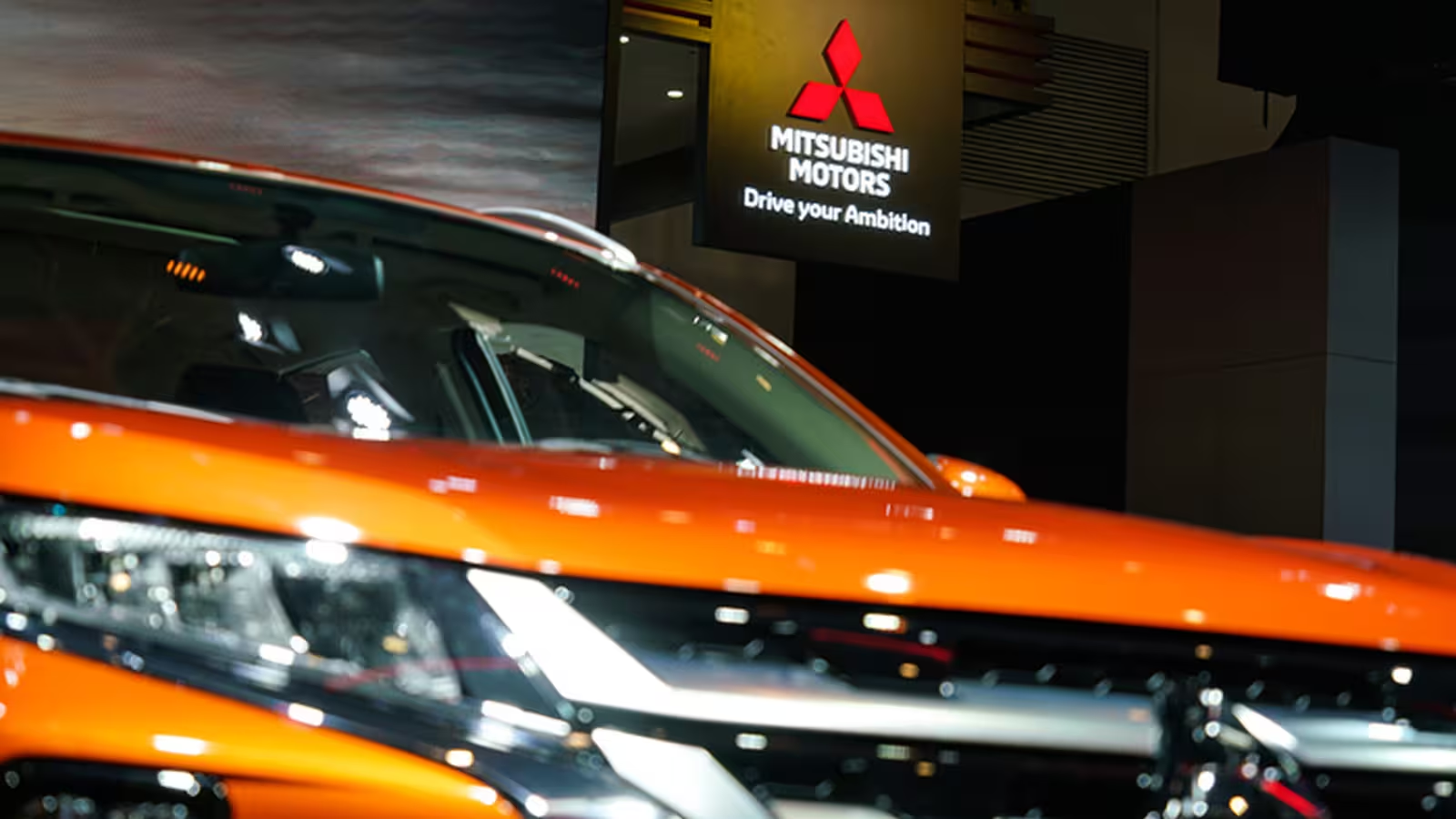4 Minutes
Mitsubishi Motors Concludes Its China Chapter with Engine Joint Venture Exit
Mitsubishi Motors Corporation has officially ended its presence in China’s automotive manufacturing industry, following the termination of its joint venture with Shenyang Aerospace Mitsubishi Engine Manufacturing Ltd. This strategic withdrawal signals the final step in Mitsubishi's comprehensive exit from China, a market that has rapidly shifted towards electric vehicles and new energy solutions.
The End of a Longstanding Automotive Partnership
Since its establishment in August 1997, the Shenyang Aerospace Mitsubishi joint venture played a pivotal role in Mitsubishi’s China operations. For over two decades, the facility produced quality engines for Mitsubishi vehicles and numerous local brands, supporting domestic assembly and supplying critical powertrains for Chinese automakers. Operations began in 1998, fueling the expansion and influence of Mitsubishi in the region’s competitive vehicle market.
However, as of July 2, 2025, this joint venture has been renamed Shenyang Guoqing Power Technology Co., Ltd., with both Mitsubishi Motors and Mitsubishi Corporation exiting as stakeholders. Mitsubishi’s official statement cited the dynamic transformation of the Chinese automotive landscape, particularly the accelerated adoption of new energy vehicles (NEVs), as a key driver for its strategic realignment and withdrawal from local manufacturing.
Highlights of Mitsubishi’s Journey in China
Mitsubishi’s foray into the Chinese auto market dates back to 1973, initially with the export of medium-duty trucks. The automaker swiftly grew its influence, and by the early 2000s, its joint engine ventures powered approximately 30% of all vehicles produced locally. Over time, Mitsubishi built partnerships with industry giants like Guangzhou Automobile Group (GAC), forming GAC Mitsubishi in 2012, a 50:30:20 collaboration between GAC, Mitsubishi Motors, and Mitsubishi Corporation.
This joint venture saw considerable success, most notably in 2018 when sales soared to 144,000 vehicles—driven in large part by the Outlander SUV, which alone accounted for 105,600 units. Nevertheless, the onset of China’s robust domestic EV industry and declining interest in internal combustion engines caused Mitsubishi’s sales to plummet to just 33,600 units by 2022.
GAC Mitsubishi: From Success to Termination
As of March 31, 2023, financial reports showed GAC Mitsubishi with total assets of 4.198 billion yuan (approximately USD 582 million) but an even greater liability of 5.613 billion yuan (about USD 778 million), resulting in a negative net worth. By October 2023, Mitsubishi announced it would halt local production and restructure its China business. GAC assumed full ownership, with the existing factory slated to produce Aion electric vehicles starting June 2024.
Industry Implications and Market Comparison
Mitsubishi’s withdrawal highlights broader challenges for global car manufacturers in China’s highly competitive, rapidly electrifying automotive market. Domestic EV giants like BYD and Tesla’s localized operations have seized dominance. Other international joint ventures, including GAC-FCA, have also succumbed to similar pressures, illustrating the difficulty for legacy automakers to maintain their foothold as Chinese brands lead with innovative electric vehicle technology.
Performance, Design, and Market Shifts
While Mitsubishi’s acclaimed models—such as the Outlander SUV—boasted solid engine reliability, versatile design, and strong performance in their respective segments, they could not compete with the swift innovation and market adoption of Chinese and foreign electric vehicles. The shift not only reflects evolving consumer preferences for environmentally friendly cars but also an industry-wide transformation requiring unprecedented adaptability.
Industry analysts note that the Chinese car market is now a fierce battleground for EV innovation, where traditional manufacturers face daunting competition from domestic upstarts and established global players with advanced localized strategies.
Conclusion
Mitsubishi Motors' complete exit from China underscores a critical development in the global automotive industry. It serves as a case study for other foreign automakers wrestling with the realities of the world’s largest and most rapidly changing automotive market. As the focus pivots to battery-electric vehicles and new energy solutions, only the most agile and innovative brands are positioned to thrive.
Source: carnewschina



Comments